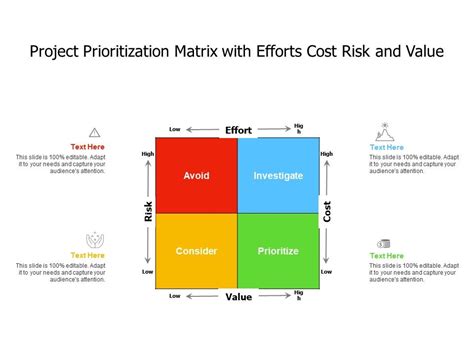Is Waiting Worth the Risk? Calculate Your Costs
Waiting can be a strategic move in many aspects of life, from real estate investments to career changes. However, the decision to wait often involves weighing potential benefits against the opportunity costs and risks of delayed action. This article will help you understand how to calculate those costs, enabling you to make informed decisions about whether waiting is truly worthwhile.
What are the Costs of Waiting?
Before diving into calculations, it's vital to identify all the potential costs associated with delaying a decision. These costs are not always monetary; they can include:
- Opportunity Costs: This represents the potential benefits you forgo by choosing to wait. For example, if you delay buying a property, you might miss out on potential appreciation or rental income. Similarly, delaying a career move could mean missing out on a higher salary or faster career progression.
- Financial Costs: These are the direct monetary expenses incurred while waiting. This could involve continued rent payments while waiting to buy a house, ongoing education costs while delaying a job change, or lost investment returns.
- Emotional Costs: The stress and anxiety associated with uncertainty can be significant. Waiting can create mental strain, especially if the decision involves significant life changes.
- Time Costs: Waiting inherently consumes time, a non-renewable resource. This lost time could have been spent pursuing other opportunities or enjoying leisure activities.
- Risk Costs: The longer you wait, the greater the chance that circumstances might change negatively. Market conditions might shift, competition might increase, or unforeseen events might impact your decision.
How to Calculate Your Costs of Waiting
Calculating the costs of waiting requires a structured approach. Here's a step-by-step process:
-
Identify Your Decision: Clearly define the decision you're contemplating. For instance, are you waiting to buy a house, start a business, or change jobs?
-
Quantify Potential Benefits: Estimate the potential gains if you act now. For a house purchase, this might involve projected appreciation and rental income. For a job change, this could be the difference in salary and benefits.
-
Quantify Potential Costs of Immediate Action: List all the costs associated with acting immediately. This might include upfront investment costs, potential risks, or short-term sacrifices.
-
Estimate Costs of Waiting: For each year (or period) of waiting, estimate the opportunity costs, financial costs, emotional costs (quantify as much as possible, perhaps by assigning a value to reduced stress or increased anxiety), and risks.
-
Project Future Scenarios: Consider various scenarios that might unfold during the waiting period. For example, how might market conditions, interest rates, or job availability change? Assign probabilities to these scenarios.
-
Discount Future Values: Future gains and costs are worth less than present ones due to inflation and the time value of money. Use a discount rate to adjust future values to their present-day equivalents. A financial advisor can help you determine an appropriate discount rate.
-
Compare Present and Future Values: Sum the present values of the benefits of acting now and subtract the present values of the costs of acting now. Then, compare this to the present value of the benefits of waiting, minus the present value of the costs of waiting.
-
Analyze the Results: The comparison above will give you a quantitative assessment of whether waiting is worth the risk. A positive result suggests that immediate action is favorable, while a negative result suggests waiting might be more advantageous.
Frequently Asked Questions
How do I quantify emotional costs?
Quantifying emotional costs is subjective but crucial. Consider assigning a monetary value representing the reduced stress or increased anxiety associated with waiting. You might consult with a therapist or use self-assessment tools to gauge the impact on your well-being.
What discount rate should I use?
The appropriate discount rate depends on various factors, including your risk tolerance and the prevailing interest rates. Consult a financial advisor for personalized guidance. They can help you choose a rate that accurately reflects the time value of money and your individual circumstances.
How do I account for unexpected events?
While you cannot predict every unexpected event, you should incorporate the possibility of unforeseen circumstances into your analysis. Consider assigning probabilities to potential negative events (e.g., job loss, market downturn) and factoring their potential impact on your decision.
What if I can't quantify all the costs?
It’s acceptable to estimate costs you can't precisely quantify. Focus on the most significant costs and use reasonable assumptions to approximate the rest. The goal isn't perfect accuracy but a reasoned comparison of the costs and benefits of waiting versus acting immediately.
By following this process, you can make a more informed and rational decision about whether waiting is the right choice for your specific situation. Remember that this is a framework; the specific details will vary based on your individual circumstances and the nature of the decision. Consulting with a financial advisor or other relevant professional can greatly assist in this process.

